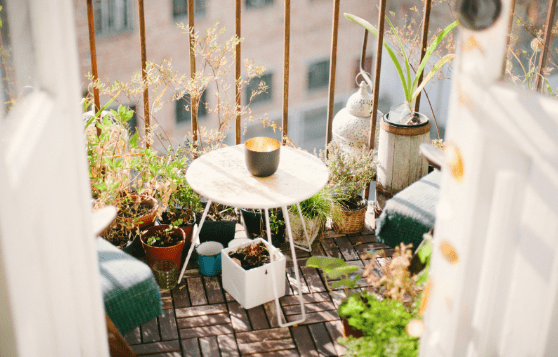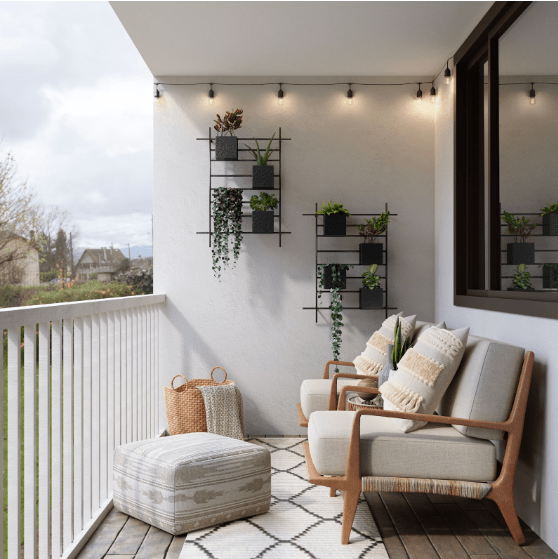In the bustling world we inhabit, finding solace in nature has become more vital than ever. Our outdoor spaces serve as sanctuaries where we can escape the digital whirlwind and reconnect with the natural world. However, achieving harmony between nature and design is an art form, blending the organic beauty of the environment with thoughtful design elements. This article explores the transformative journey of harmonizing nature and design in your outdoor space, delving into the synergy that emerges when these two elements seamlessly coalesce.
Embracing the Natural Canvas
To embark on the quest for harmonious outdoor design, one must first immerse themselves in the innate beauty of the natural canvas. Nature, with its boundless diversity of textures, colors, and shapes, provides a unique and ever-changing palette waiting to be embraced. The first step in this journey involves a mindful observation of the environment, an intimate exploration of the subtle nuances that characterize the outdoor space.
Begin by understanding the play of sunlight across your outdoor area. Observe how it dances through the leaves of trees, casting dappled shadows that shift with the passage of the day. Recognize the areas that bask in the sunlight and those that remain in the cool embrace of shade. This awareness will serve as a foundation for the strategic placement of design elements, ensuring that each corner of your outdoor space benefits from the touch of nature’s light.
Thoughtful Landscape Integration
Creating a harmonious outdoor space involves more than placing furniture on a lawn. Thoughtful landscape integration is about seamlessly blending human-made structures with the existing natural elements. Consider the topography, native flora, and local climate when planning your outdoor design. Integrate features such as pathways, seating areas, and water features in a way that respects the natural flow of the land. This ensures that every design element serves to enhance, rather than disrupt, the innate beauty of the surroundings.
Sustainable Design Practices
Harmonizing nature and design extends beyond aesthetics; it involves adopting sustainable practices that minimize environmental impact. Choose materials that are eco-friendly and locally sourced, reducing the carbon footprint associated with transportation. Incorporate native plants and planters for outside in your landscaping, promoting biodiversity and providing a habitat for local fauna. Implementing sustainable irrigation systems, such as rainwater harvesting, further aligns your outdoor space with the natural rhythm of the environment. Sustainable design practices not only contribute to the well-being of the planet but also enhance the longevity of your harmonious outdoor retreat.
Creating Functional Outdoor Spaces
Harmony is not solely about aesthetics; it also involves creating functional outdoor spaces that seamlessly integrate with your lifestyle. Identify the activities you enjoy, whether it be dining al fresco, reading in the shade, or hosting gatherings. Design your outdoor space to accommodate these activities, ensuring that each zone serves a specific purpose. Thoughtful placement of furniture, lighting, and other accessories will enhance the usability of your outdoor space, making it a natural extension of your indoor living.
Harnessing the Power of Elemental Design
Nature is comprised of fundamental elements—earth, water, fire, and air—that can be harnessed to elevate your outdoor design. Incorporate natural elements into your space, such as a fire pit for warmth, a water feature for tranquility, or strategically placed stones for grounding. Elemental design not only enhances the sensory experience of your outdoor space but also fosters a deeper connection to the natural world. It is through the thoughtful integration of these elements that the true essence of harmony emerges.
Seasonal Adaptability and Evolution
Nature is ever-changing, and your outdoor design should be adaptable to the shifting seasons. Create a space that evolves with the natural cycles, incorporating elements that bloom in spring, provide shade in summer, and offer warmth in winter. Consider the play of light and shadow throughout the year, adjusting the placement of furniture and plants accordingly. By embracing the seasonal ebb and flow, your outdoor space becomes a dynamic canvas that reflects the beauty of nature in its various states.

Harmonizing nature and design in your outdoor space is an intricate dance that requires a deep appreciation for the environment. From embracing the natural canvas to incorporating sustainable practices and elemental design, the key lies in creating a space that resonates with the rhythm of the natural world. As you embark on this transformative journey, remember that harmony is not a static state but a dynamic interplay between the elements. With thoughtful consideration and a touch of creativity, your outdoor space can become a sanctuary where nature and design coalesce seamlessly, providing a haven of tranquility in the midst of the modern world.


